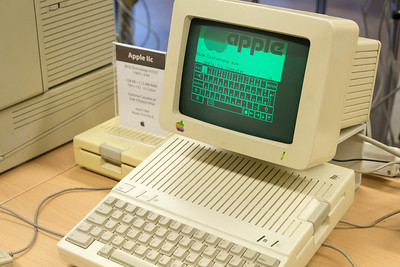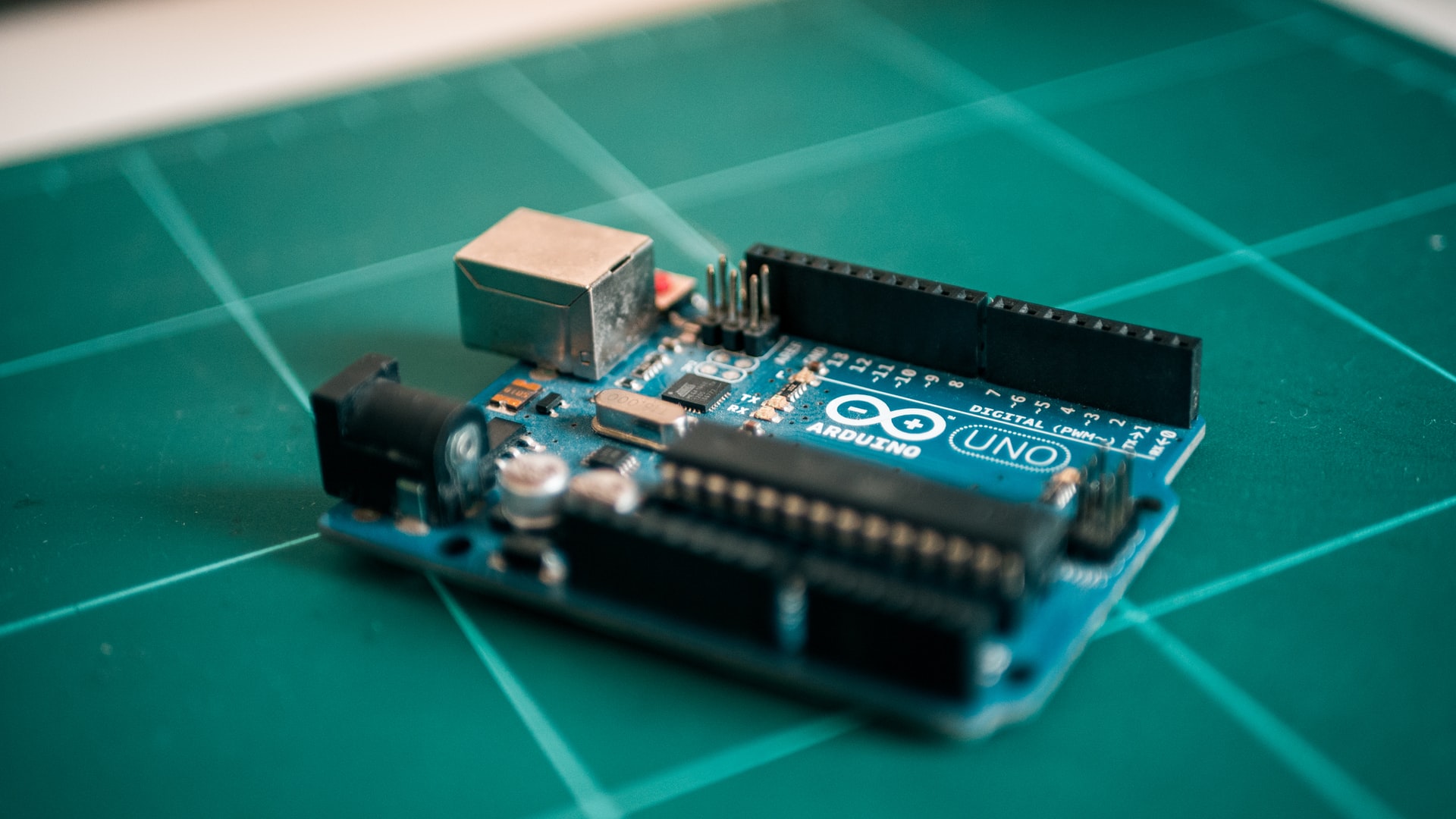My first computer was an Apple IIc. I was thirteen years old and, at that age, it was one of the most beautiful things I had ever seen. It had a gorgeous, green-on-black display screen, 128KB of RAM, no hard disk, and a Slim-line internal 5.25″ floppy drive into which you loaded whatever version of Zork you were in the mood for, and fired it up. All software was written in Applesoft BASIC, and although there was no official term for it at the time, everything was open source.
A simple Ctrl-C (or some such keystroke) was all that was required to break the flow of whatever program you were running and take a peek under the hood. I wrote my first computer program on the IIc. There might have been limits to what that little machine could do, but there were no restrictions. If you could imagine it, you could build it, and if you didn’t know quite how to build it, you just found someone else’s program that did something close, and figured out how they had done it. The Apple IIc was more than a tool, it was a teacher.
In college I used PCs and Macs, none of which I owned, of course — it just wasn’t expected in those days — and I reluctantly deciphered the library’s Unix terminals for the sole purpose of emailing friends with Pine. Until my junior year, by which time I was accustomed to using the university’s computer labs for my paper-writing and other needs, I kept that old Apple IIc around, with a dot-matrix printer, just in case.
It wasn’t until after graduation that I could finally afford (almost) to purchase my own computer. After buying and returning a couple of defective laptop PCs from a big box electronics retailer, I finally decided to go back to Apple, and I sprung for a Powerbook G3. It was beautiful, and it was definitely a Mac, but something was missing.
By this time, of course, Apple had come a long way in user interface design. The G3 ran MacOS 8, so it wasn’t without flaws, but it was intuitive, easy to use, and gorgeous.
Only it wasn’t mine. It was Apple’s. As long as what I wanted to do was what Apple wanted me to do, things were fine. But as soon as I started thinking out of the box … well, it just wasn’t right. It wasn’t the IIc.
A few years later, after doing the obligatory post-college drift for awhile, I went to flight school. By then the G3 was nearly obsolete, but there was no money for anything new, and anyway a computer wasn’t a requirement for my new pursuit. But one night, while grilling burgers in the muggy Florida evening, a friend of mine offered to give me an old Dell desktop, complete with keyboard and VGA monitor. “It doesn’t work,” he said. “It’ll turn on, but nothing shows up on the screen. Anyway, I just bought a new one, so if you want it, it’s yours.”
And there it was: my first project box. A discarded old beige tower that probably didn’t work anyway. There was little I could do to make it any less useful than it already was, so I took it. I felt no pressure, no fear. It wasn’t an appliance, it was junk, and I could experiment with it all I wanted. I gambled that a cheap video card was all it would need to be back in shape, and I was right.
But once I had ripped the insides apart, and learned all I could from it, the fun stopped. So I got it to run Windows 95 again, so what? There was no magic in running Microsoft Word. The project box sat idle.
And then I discovered Linux.
It was Red Hat Linux 7, to be exact, in CD format, from the back of a loaned copy of a For Dummies book, written by none other than Jon ‘maddog’ Hall himself. I wiped Windows from the hard disk and installed Linux for the first time.
The old Dell box was lacking a bit in the memory department, and it ran the Red Hat GUI a little slow, so I decided to configure it to boot to the command line. Suddenly there it was: the text interface on a black screen — the characters were white, but they might as well have been green, and that blinking cursor that awaited my command — I was back in my parents’ basement, on the IIc, thirteen years old. The World was inside that box, and it was mine to explore.
A few years, a new Windows laptop, and several project boxes later, I tried Ubuntu, a new flavor of Linux that showed promise as a truly useful, user-friendly OS. Again there was no pressure, no fear, just a learning curve — only as steep as I wanted it to be — and there was Linux, the teacher. I was hooked. My “project” box became my primary computer, and when its hardware became too outdated to warrant patching up, I built a high-end AMD64 box from the ground up, specifically to run Linux.
Now, that computer, running Kubuntu 7.10, is my primary electronic tool, and my laptop sits mostly idle. It’s as slick a system as anything I could ever want, and the best part is, I own it. I run it. I control it. And I understand it, because I built it. I use Linux for all the same reasons everyone else does: stability, security, freedom, exclusivity, variety — but mostly I use Linux because it’s like my old Apple IIc, and because it made me love computers again.
Author’s Note
This article was originally published on Team Principia.
 Brian D. Wendt
Brian D. Wendt

 Arduino Serial Servo Control
Arduino Serial Servo Control